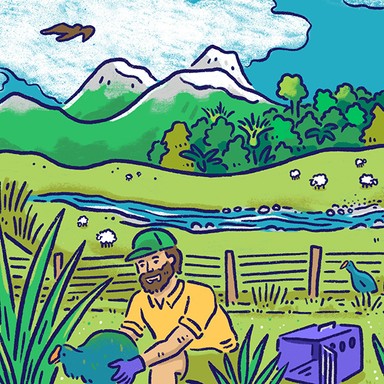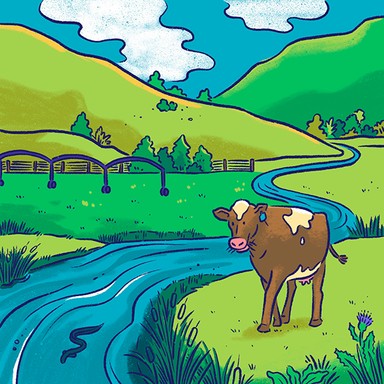
Waikato Regional Council

Environment and biodiversity
Protecting the environment and managing natural resources is a key responsibility of regional councils. Regional councils are often also involved in pest control and resource management.

Environment and biodiversity
Protecting the environment and managing natural resources is a key responsibility of regional councils. Regional councils are often also involved in pest control and resource management.
Continue to resource the environmental initiatives fund.
Enable and enhance our local groups that already passionately carry out biodiversity work.
Support local businesses that are reusing, recycling, and reducing our existing waste.
Continue our current monitoring of the environment while looking to technological advancements to improve our future decision making.
Identifying areas of biodiversity and protecting them.
Eradication of pests to allow regeneration of indigenous flora.
Identify and develop more natural reserves.
Continue to resource the environmental initiatives fund.
Enable and enhance our local groups that already passionately carry out biodiversity work.
Support local businesses that are reusing, recycling, and reducing our existing waste.
Continue our current monitoring of the environment while looking to technological advancements to improve our future decision making.
Identifying areas of biodiversity and protecting them.
Eradication of pests to allow regeneration of indigenous flora.
Identify and develop more natural reserves.
Mayor
Compare the mayoral candidates in your area
Local council
Compare the candidates for your city or district council
Regional council
Compare the candidates for your regional council
Local board
Compare the candidates for your local or community board






